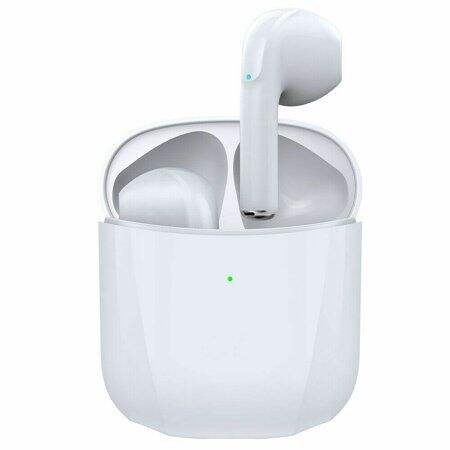De snabba utvecklingarna på teknikmarknaden kräver stark uppmärksamhet på aspekterna av kvalitetskontroll över utvecklingen av Bluetooth-hörlursfodral. Fingrar pekas på tillverkarna som har till uppgift att tillfredsställa dessa förväntningar. Denna blogg kommer att koncentrera sig på några nyckelområden inom kvalitetskontroll, frågor angående produktens tillförlitlighet över tid och kundnöjdhet.
Att upprätthålla kvalitetsstandarder för Bluetooth-hörlursfodral är avgörande och kräver kvalitetskontroll. Tillverkningen av hörlursfodralen går igenom flera leverantörer för material, produktion och inspektion. Alla dessa operationer har risken att ha vissa defekter som kan sänka kvalitetsstandarderna för slutprodukten. Därför, genom en god organisering av kvalitetskontrollen, kan tillverkarna eliminera dessa brister innan sådana produkter släpps ut på marknaden.
Förståelsen att sådana produkter är undermåliga leder till ett mer utbrett problem där sådana fall av byten eller returer resulterar i ökade kostnader. Ännu värre, sådana obehagliga omständigheter urholkar kunder och skadar varumärket. Att förlora en kund till ett varumärke är lika enkelt som en stereotypisk dålig upplevelse. Det skulle bara vara klokt för tillverkare att försöka bli av med alla onödiga scenarier genom att vidta åtgärder som regelbundna revisioner och testa feedback för att förbättra varumärkets tillväxt.
Dessutom verkar det som att all uppmärksamhet i detta företag riktas mot kvalitetskontroll, eftersom att ignorera denna punkt skulle vara inkonsekvent med accepterade branschnormer. Som nämnts tidigare är Bluetooth-headset inte en fråga av intresse för säkerhetsorganisationer. Att implementera en kostnadseffektiv mekanism för riskminimering under sådana omständigheter blir ett avgörande steg för nästan alla organisationer, sedan de strävat efter att tillfredsställa marknadens efterfrågan samtidigt som de undviker onödig rättslig tvist.
När det gäller kvaliteten, ja, det verkar som att denna forskning kan fungera som en ingång till att ta itu med ljudkvalitet, pålitlighet, trovärdighet och nytta. Konsumenter skulle vilja kunna ringa samtal eller lyssna på musik utan att oroa sig för konsekvensen när de använder en Bluetooth-enhet. I detta fall behöver amerikanska tillverkare av headsetfodral definitivt sätta höga kvalitetsstandarder som verkar rimliga med tanke på konsumenternas förväntningar. När detta förtroende har utvecklats kan man vara optimistisk att konsumenten kommer att återvända för mer.
Slutligen ger det tredimensionella utskriftsparadigmet i samband med ett Bluetooth-headsetfodral för tillverkare av innovationsprodukter som de inom teknikområdet en bättre utväg. Introduktionen av artificiell intelligens och maskininlärning hjälper tillverkare att undvika komplicerade processer och stödja produktionen genom att analysera data bättre, minimera svinn och föreslå möjliga tekniker för felupptäckning. Denna revolution kommer att hjälpa tillverkarna inte bara att förbättra kvaliteten, utan också att göra det tillräckligt snabbt så att de kan övervinna det ökande marknadstrycket för högkvalitativa trådlösa Bluetooth-headset.
Slutsatsen är att utan ordentlig kvalitetskontroll på plats är tillverkningsprocessen för Bluetooth-hörlursfodral dömd. Genom att säkerställa att en hög kvalitetsstandard upprätthålls kan tillverkare minska antalet fel, uppfylla kravstandarder, förbättra produktens konsekvens och förbereda sig för de förändringar som teknologin kommer att introducera. När marknaden fortsätter att mogna kommer de som uppmärksammar kvalitetskontroll utan tvekan att sticka ut i en hav av konkurrens och möta kundernas behov samt skörda fördelarna för sina företag.


 ONLINE
ONLINE